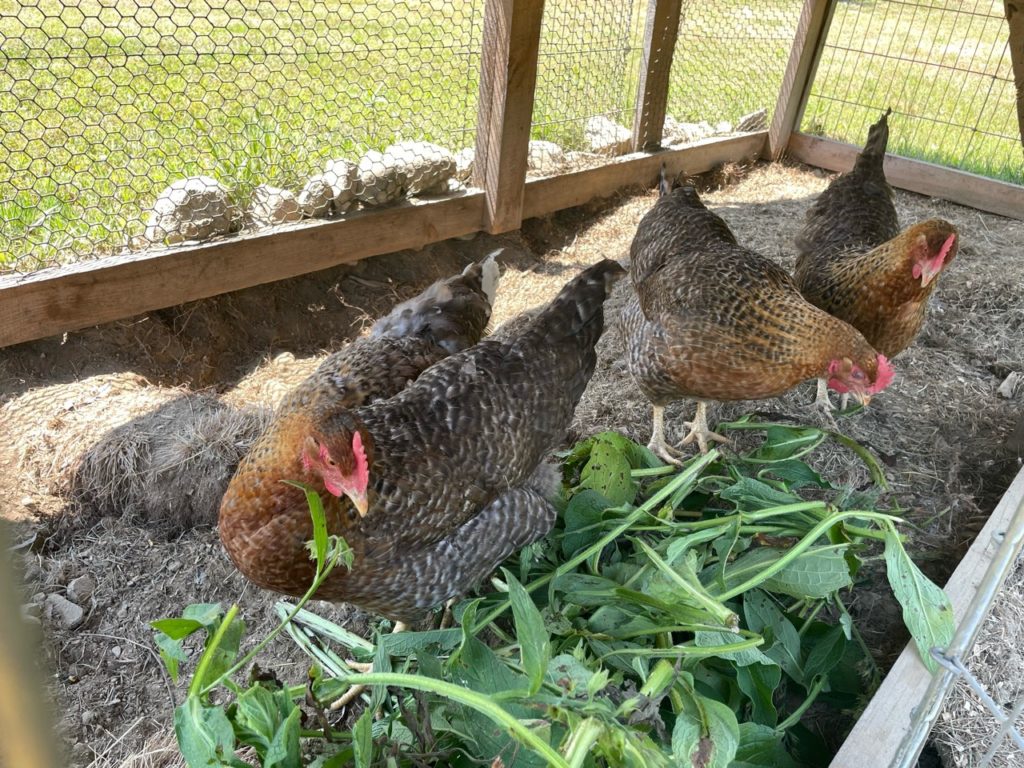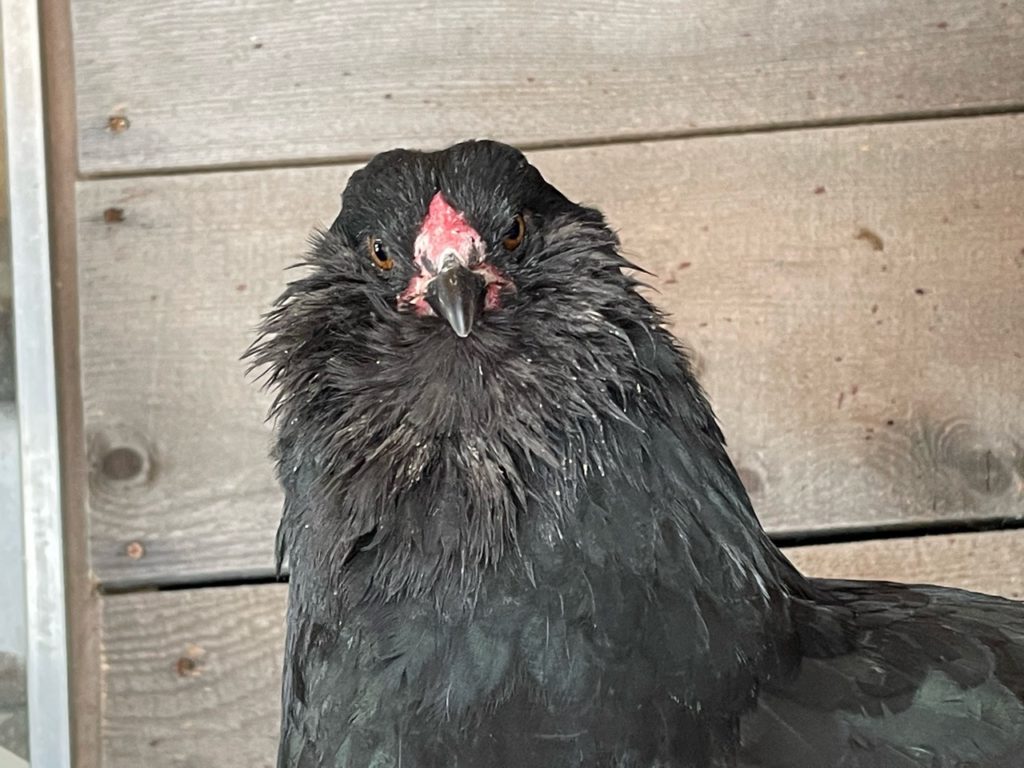Our goal is to collect data and notes to provide a better picture of each of these three autosexing breeds. We want to know which autosexing breed does best in Maine’s harsh climate for our local customers. In addition, this date will help to nail down the best feed conversion, egg production, personality, and hatch rate—among other factors.
We want to be able to offer the best birds for our customers needs. Some folks want a small backyard flock, others may be looking for high production and excellent feed conversion for selling eggs at a farmer’s market. It will take some time to reach this goal.
What is the difference between autosexing chicken breeds and sex-linked chicks?
- Autosexing chicken breeds produce offspring that can be sexed by appearance shortly after hatching AND that trait carries on with each generation.
- Sex-linked chicks require two different breed parents. For example, a New Hampshire rooster over a Barred Plymouth Rock hen will produce a black sex-link chick.
We are currently sourcing hatching eggs and chicks to start over with, again. We decided to ditch the Deathlayer breed following genetic leg issues we are not interested in working with. Instead, we are learning more about autosexing breed traits, and considering adding the Cream Legbar, 55 Flowery Hen, and Bielefelder to our new flocks. All three are autosexing breeds and it’s SO hard to choose.
Legbar: blue eggs, early layers, crested
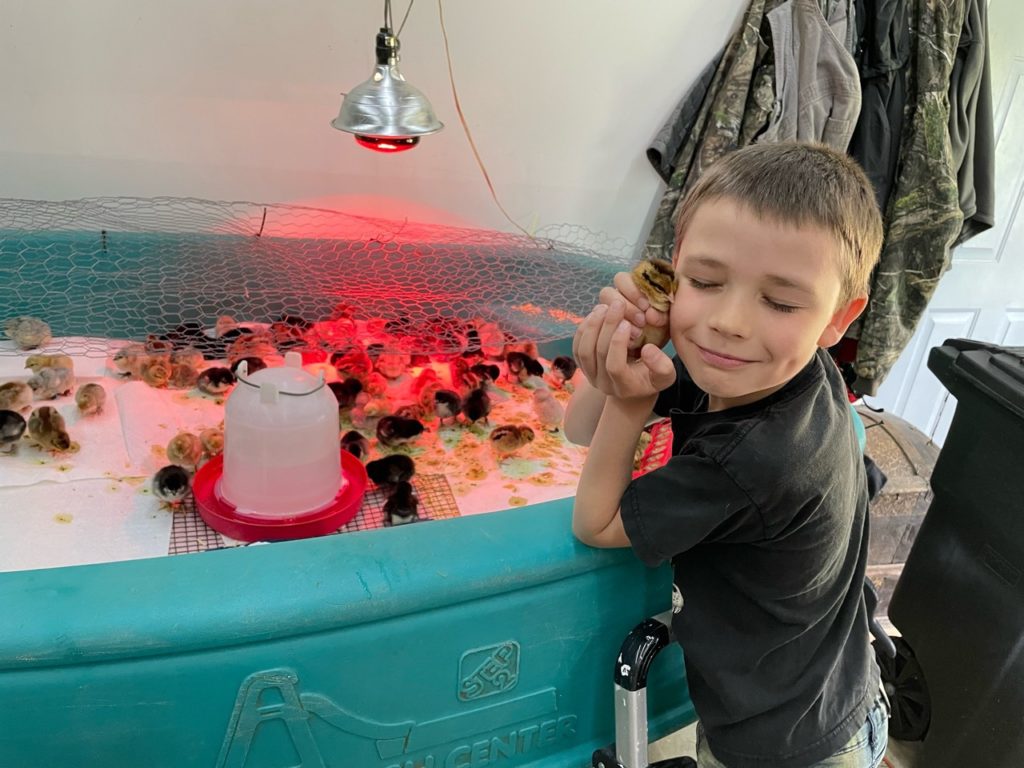
- Autosexing
- Blue to light green eggs
- Small crests/tufted
- Lay at 5.5 months
- 200+ large eggs
- Roosters reach 7.5 pounds
- Curious, busy foragers
Cream legbars are the most popular autosexing chicken breed in the world for a reason. As chicks, they can be immediately sexed upon hatching simply by feather color, a trait that stays true generation after generation of these beautiful tufted birds. These medium-sized fowl are known for highly efficient foraging habits.
Cream Legbar hens tend not to be broody. In a homestead situation, you would require a secondary broody breed to avoid needing an incubator to self sustain a flock over time. Hens produce large, rounded, sky blue to mint green eggs.
The linage for this autosexing chicken breed includes of Leghorns, Barred Rocks, and Araucanas. They were created in the late 1920s, by ProfessorReginald Punnett at Cambridge University.In fall 2010, cream legbars were imported to the US by Greenfire Farms in Florida. They went on to import additional various lines adding to the diversity of this breed in the US over the past decade.
They were first exhibited in 1947 at the London Dairy Show. The American Poultry Association does not currently recognize the Cream Legbar. It was recognized by the Poultry Club of Great Britain in 1958.This breed nearly died out in the seventies, but bounced back due to a renewed interest in blue eggs. The Cream Legbar Club was established in 2012 in the United States to preserve and promote the breed in this country and hopes to get the breed eventually recognized.
In summary: These mid-size birds offer high egg production and enough meat to be considered dual purpose. Though they don’t commonly go broody and eggs would need to be incubated.
55 Flowery Hen: prolific layers, smaller body size
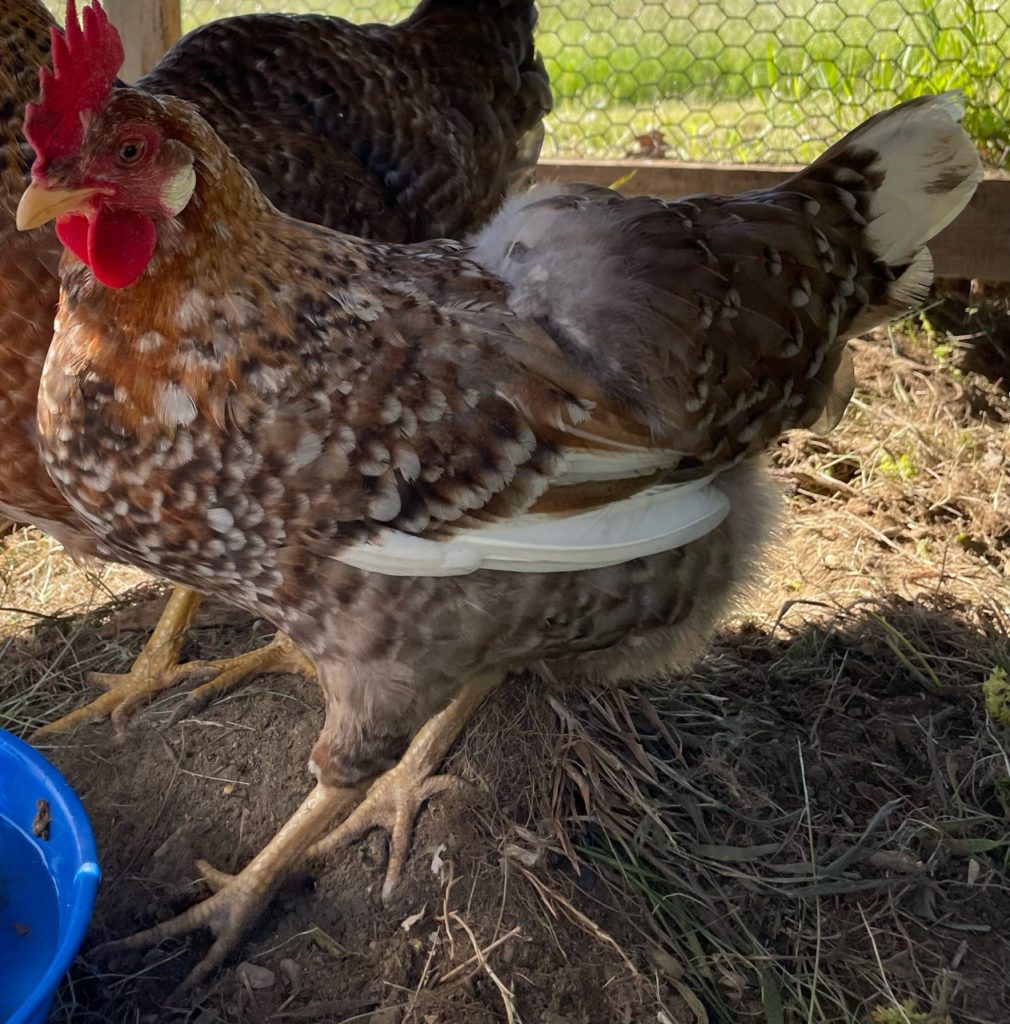
- Autosexing
- Excellent feed-to-egg conversion
- 250 jumbo ~2.3oz cream/pale pink eggs
- Roosters only reach 5 pounds
- Lay at 6 months
- Not overly friendly
- Good broody mamas
55 Flowery Hens were created in Sweden by Father Martin Silverudd in 1955, also the creator of the Isbar. This auto-sexing chicken breed produces very large eggs for it’s body size. The hens lay off-white eggs in commercial quantities.
A fine broiler-size white rooster and oodles of eggs is amazing, but thisautosexing chicken breeds gets better—the hens display truly beautiful speckled plumage. An excellent alternative to the ho-hum RIR and Leghorns. Their name, Flowery, comes from the small white tips on the hen’s feathers. They are known for having the greatest color differences between the sexes upon hatching.
In summary: Great for a self-sustaining and affordable homestead flock. Not be the best choice for small children. Small body size, poor choice for meat.
Bielefelder: gorgeous, gentle, dual purpose
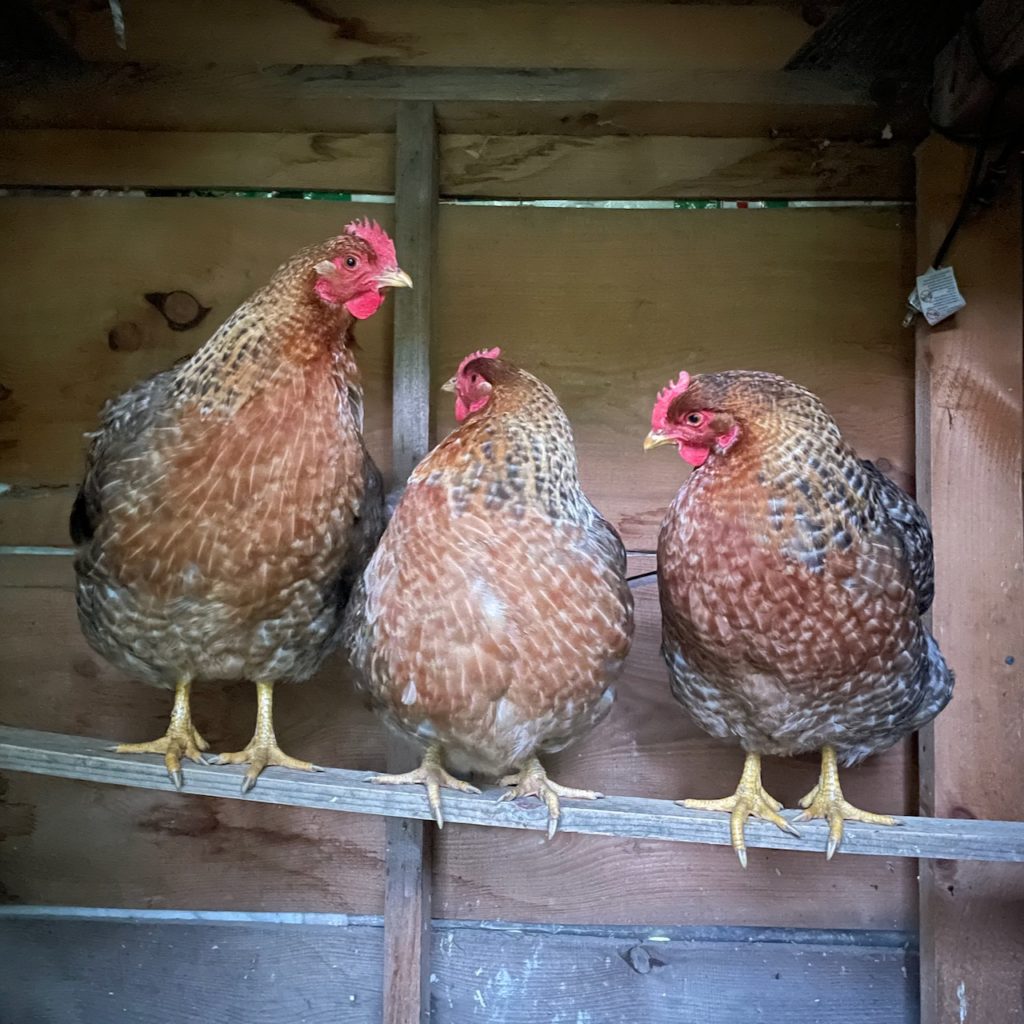
- Autosexing
- Dual purpose
- Lay at 6 months
- 230 large eggs
- light brown/pastel pink eggs dark brown and/or white speckles
- Roosters reach 10+ LB
- Calm, gentle, great pets
- High foraging activity
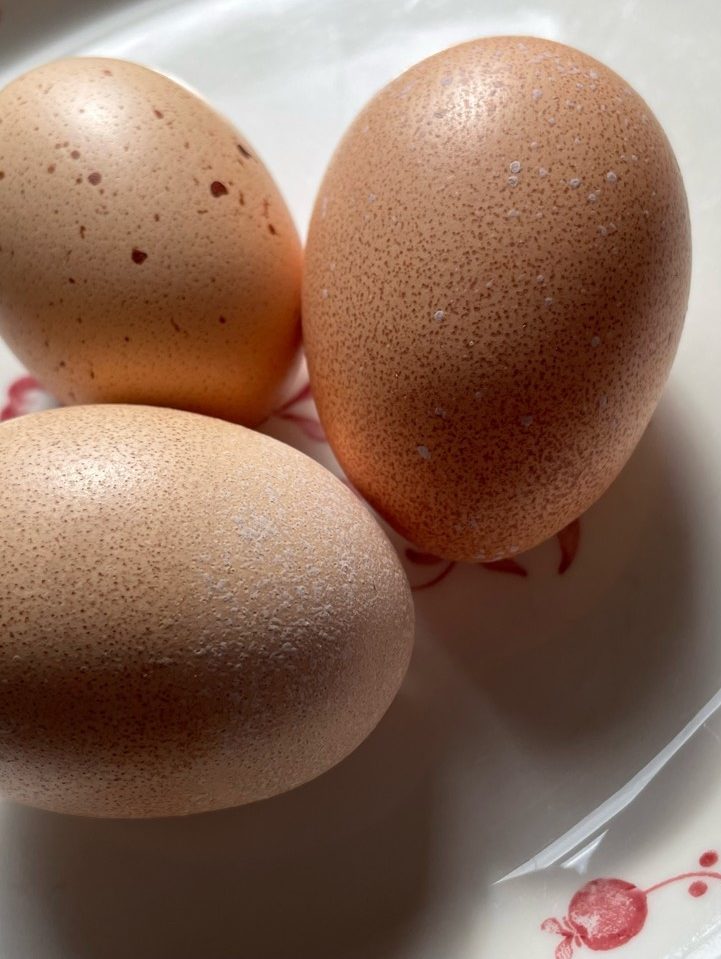
Bielefelders were created by Gerd Roth in the 1970s using Barred Rocks or Cuckoo Marans (depends on who you ask), Malines, Rhode Island Reds and New Hampshires. For a Germanautosexing chicken breed, it has
a lot of American heritage. The barring in combination with the warm coloring makes for gorgeous long rooster feathers—a great addition for an artist for feather crafts. These gentile giants boast huge roosters, some report up to 12 pounds.
In summary: All-around great farm family breed for those looking to raise the roosters for meat, have high egg production and have children tending the coop.
Get updates 2 days before public release. First dibs on egg preorders, chick reservations, surplus deals, and upcoming sales go to subscribers first. I won’t send you spammy crap, promise. Enter your information below:

